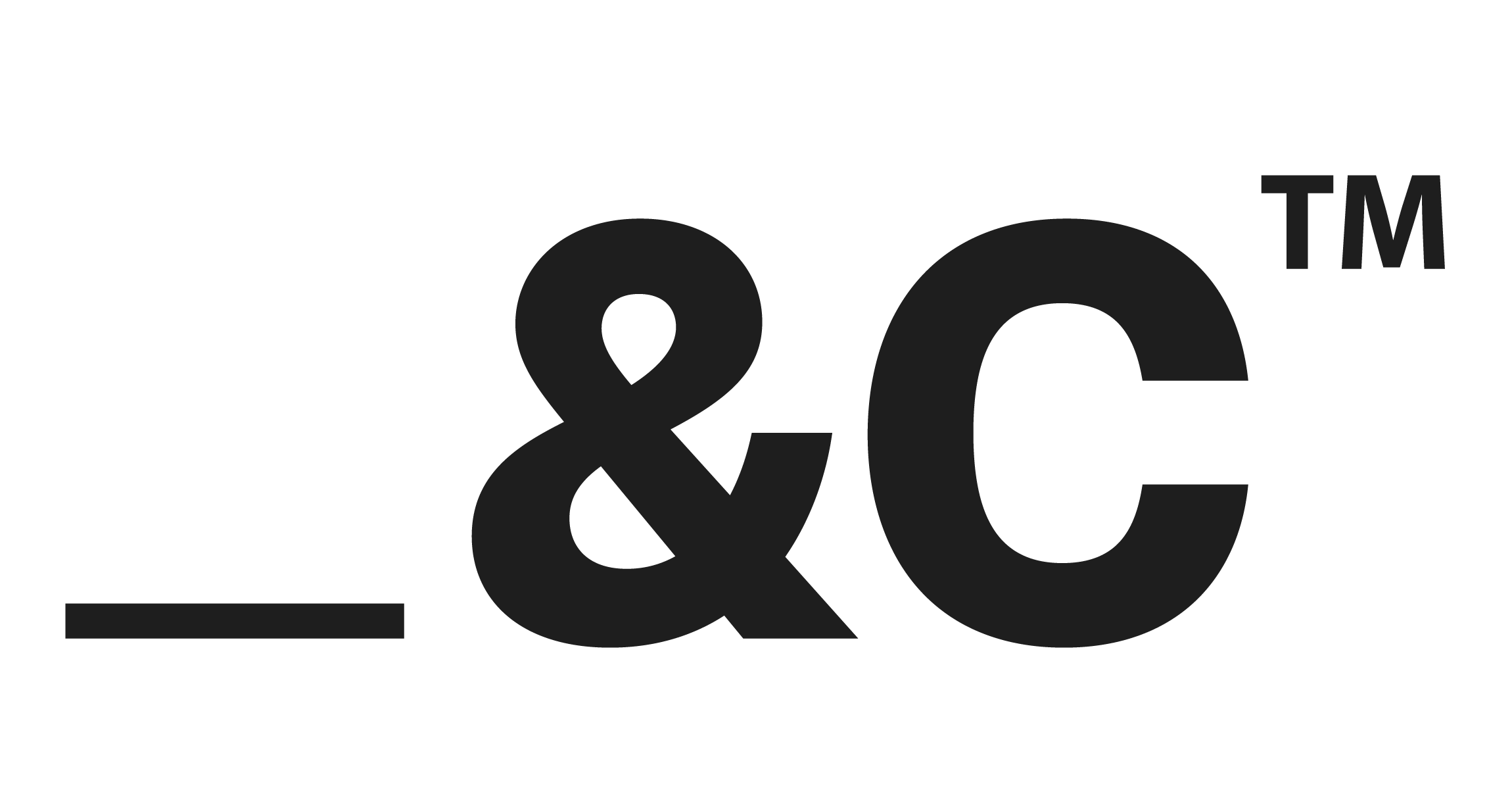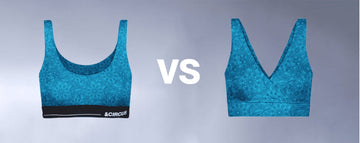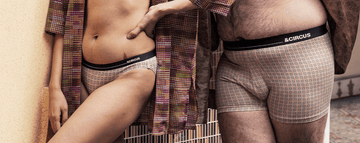Imagine slipping into underwear that feels like a whisper against your skin soft, flexible, and so comfortable it's barely noticeable. Now imagine it's crafted from recycled materials, designed to fit every body, and built to last. This is no pipe dream; it's the reality of today's innerwear industry, where a quiet revolution is reshaping what we wear closest to our bodies. Welcome to The Fabric Revolution, where signature blends are setting new benchmarks for comfort, sustainability, and inclusivity. Brands like AndCircus are pioneering this shift, creating undergarments that marry function with values. Here's how these innovative fabrics are transforming the industry and why they're a game-changer for consumers and the planet.
The Innerwear Market's Meteoric Rise
The global innerwear market is on a remarkable trajectory, valued at $84 billion in 2023 and projected to reach $141 billion by 2032, with a compound annual growth rate of 5.9%. This boom isn't just about volume; it's driven by a cultural shift. Consumers, particularly millennials and Gen Z, are redefining what innerwear means. They demand garments that blend comfort with style, functionality with personal expression. Social media platforms like Instagram and TikTok have turned fashion and grooming into global conversations, amplifying awareness of trends and driving demand for innovative designs. As Transparency Market Research notes, the rise of online retailing and global fashion trends fuels this growth, with shapewear and inclusive designs leading the charge.
At the core of this transformation lies fabric innovation. The era of rigid, one-size-fits-all cotton is over. Today's innerwear combines organic cotton, bamboo, recycled polyester, and elastane to create materials that stretch effortlessly, breathe easily, and fit like they were made for you. These hybrid fabrics wick moisture, endure wear, and embrace diverse body types, from petite to plus-size. Sustainability is now a baseline expectation, with eco-conscious fibers reflecting a broader commitment to ethical production. Younger consumers, especially, are voting with their wallets, prioritizing brands that align with their environmental and social values.
AndCircus: A Blueprint for Innovation
AndCircus exemplifies this new standard. This direct-to-consumer brand has carved a niche with its proprietary fabric blends, which fuse comfort, sustainability, and inclusivity into every garment. Their formula organic cotton infused with just enough elastane for flexibility creates underwear that's both indulgent and practical. It's the kind you forget you're wearing, yet it holds up through countless washes. What truly distinguishes AndCircus is its focus on body-positive design. Their fabrics are engineered to adapt to a wide spectrum of shapes and sizes, ensuring everyone feels seen and supported.
This approach isn't unique to AndCircus. Across the industry, brands are collaborating with textile engineers to push the envelope. Some incorporate microfibers for a silky touch; others weave in recycled plastics to reduce waste. These partnerships yield fabrics that don't just perform they inspire. Social media buzzes with consumer praise for the cloud-like softness of new blends or their durability under daily wear. This feedback loop drives relentless innovation, with brands fine-tuning their offerings based on real-world insights.
Beyond Everyday: The Thermal Underwear Renaissance
The fabric revolution extends beyond daily wear to specialized segments like thermal underwear. Valued at $8.55 billion in 2024, this market is expected to grow to $11.87 billion by 2033, with a 3.71% CAGR. Once clunky and purely functional, thermal underwear think long johns has evolved into a high-tech essential. Modern blends of cotton, polyester, flannel, or Capilene deliver lightweight warmth without bulk, trapping heat while wicking sweat. These fabrics are a boon in cold climates and a favorite among hikers and skiers. The principles of comfort, performance, and sustainability apply here, too, proving that fabric innovation knows no bounds.
Navigating the Roadblocks
Innovation, however, comes with challenges. Sourcing sustainable materials like organic cotton or recycled fibers is costly, often pricier than conventional options. Brands must strike a delicate balance between quality and affordability without compromising their eco-friendly ethos. Manufacturing these sophisticated blends at scale is no small feat, either. Combining fibers bamboo for softness, elastane for stretch demands precision to avoid flaws or excess waste. Scaling up while maintaining quality is a tightrope walk.
Then there's the consumer hurdle. Not everyone grasps why sustainable underwear carries a higher price tag than fast-fashion alternatives. Brands like AndCircus must educate buyers about the value of durability, comfort, and a reduced environmental footprint. Transparency is critical, especially in an era where greenwashing erodes trust. Some companies falsely claim sustainability without the receipts, making it harder for consumers to discern genuine efforts from marketing ploys. True innovators provide clear sourcing details and impact metrics to build credibility.
The Business Case for Better Fabrics
The rewards of overcoming these challenges are substantial. The lingerie market, a key innerwear subset, is poised to grow from $99.12 billion in 2025 to $147.55 billion by 2030, with an 8.28% CAGR. Asia Pacific leads this expansion, fueled by rising incomes and fashion awareness. Signature fabric blends offer a competitive edge in this crowded market. A product that's soft, sustainable, and inclusive can turn first-time buyers into lifelong fans, particularly among younger consumers who value ethics over cost.
The benefits ripple outward. Advanced fabrics streamline production by reducing waste and energy use. Durable blends mean fewer replacements, saving consumers money and easing planetary strain. For brands, this fosters loyalty and burnishes reputations. AndCircus, for example, has cultivated a devoted following by delivering underwear that feels exceptional, looks stylish, and aligns with eco-conscious values. Their success underscores a simple truth: innovation pays dividends.
The Future of Innerwear Fabrics
What lies ahead? Industry experts predict a future where biotechnology redefines textiles. Fabrics grown from regenerative sources could become mainstream, offering sustainability without sacrifice. Recycled materials will shift from niche to norm, driven by consumer demand and technological advances. The innerwear industry is at a pivotal moment, with fabrics playing a central role in meeting consumer expectations for performance and responsibility.
For brands, staying ahead means doubling down on research, forging sustainable supply chains, and listening to customers. For consumers, it's about making choices that reflect their values. A $30 pair of underwear might raise eyebrows until you feel its comfort, see its durability, and understand its ethical origins.
The fabric revolution is more than a market trend; it's a paradigm shift. It's about reimagining innerwear as a force for personal comfort and global good. The next time you pull on a pair of underwear, consider the ingenuity in its threads the science, the care, the vision. This is the future of fashion, and it's as close as your skin.
Disclaimer: The above helpful resources content contains personal opinions and experiences. The information provided is for general knowledge and does not constitute professional advice.
You may also be interested in: Unhooking the Psychological Effects of Ditching Your Wired Bra
Uncomfortable underwear shouldn't steal your confidence. At Andcircus, we craft ultra-soft, sustainable Lenzing Modal Micro innerwear for every body, XS to 5XL. From briefs to bras, our custom packs fit you perfectly. Shop risk-free with our 100% satisfaction guarantee and embrace comfort that includes everyone. #LoveEveryBody. Shop Now!







































